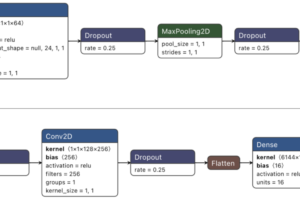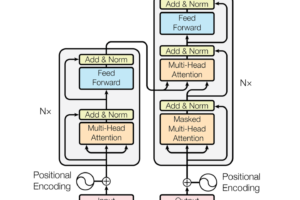
5 Key Figures About Big Data
Internet and the new technologies have changed the way we think, and they have also become a new source of business by themselves, which opens many possibilities and scenarios (future and present) for the economic activity too. The business revolution is already happening.
However, what kind of indicators exist to really understand the extent of this transformation? Data are themselves one of the fundamental keys of this change. Big Data is the prevailing trend when we talk about innovation and new forms of business. But what is exactly Big Data? A very practical perspective to implement Big Data and its effects on the world of business is the one explained by Philip Evans. Bestselling author and Senior Partner of the Boston Consulting Group, he examines the concept of Big Data in his latest article for OpenMind: “From Deconstruction to Big Data: How Technology is Reshaping the Corporation.â€
- The amount of data transmittable through an optical fiber doubles every nine months. The number of transistors on an integrated circuit still doubles every two years. Storage density doubles every 13 months.
- Smartphones are the fastest-adopted technology ever. Broadband internet access in the G-20 is growing from 800 million (of which 50% mobile) in 2010, to 2.7 billion (of which 80% mobile) in 2015. The number of cellphones in the world is now equal to the number of people. 1-2 billion more people in the world have a cellphone than have a bank account—or a toilet. Smartphone sales reached one billion units in 2013 (up 66% over 2012).
- Facebook has 1.3 billion active users. 64% visit the site daily (spending an average of 20 minutes). 4.5 billion “likes†are posted daily. Half a trillion photographs are uploaded to the web each year, and one hundred hours of video to YouTube every minute.
- The number of IP-enabled sensors will exceed 50 billion by 2020. RFID tags now cost as little as 5 cents. Estimates vary, but the range of projections is for the total number of sensors in the world to reach one to ten trillion between 2017 and 2025.
- 90% of the world’s stock of data was generated in the past two years. 99% of that is now digitized, and over half IP-enabled, meaning that technically it can be uploaded and shared over the internet. Half of the world’s knowledge is potentially a single document.
These figures are staggering, and Big Data has many applications in the business world. For Evans, “Big Data†means much more than vastly larger data sets and exotic software. It also means treating data as an infrastructure.â€
Are companies already learning how to manage Big Data or are they still simply fascinated by the figures? Find out more in Philip Evans’ full article.
Dory Gascueña for OpenMind
Source: OpenMind


